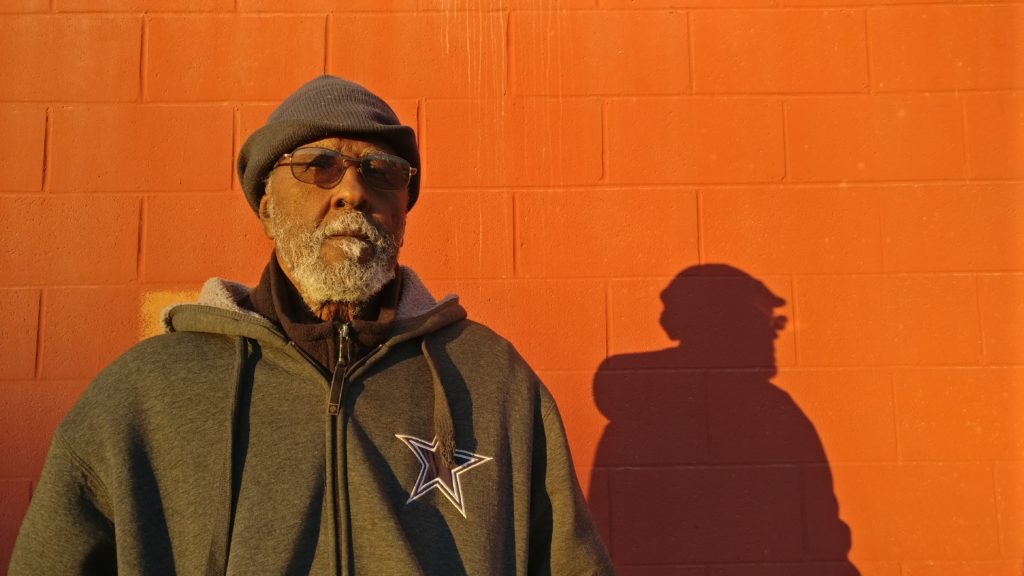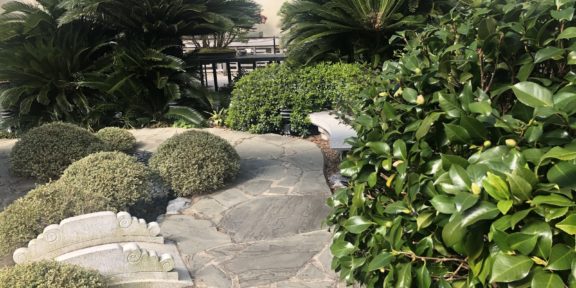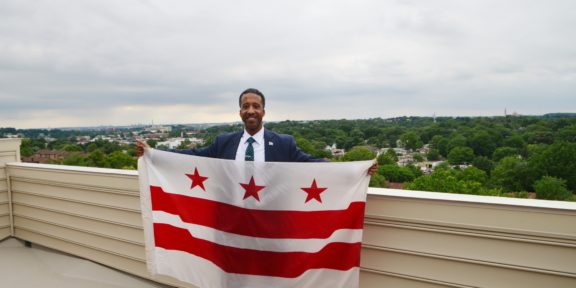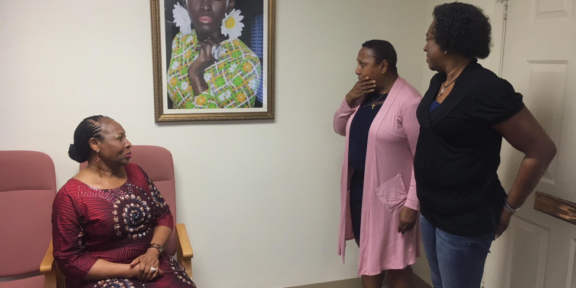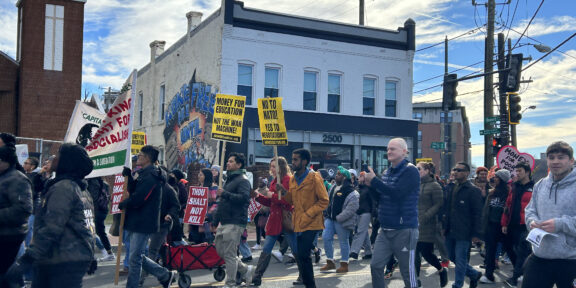In 2018, a WalletHub study revealed that the District of Columbia is home to the highest number of at-risk youth.
Although federal programs such as Title I and Reading Rockets have undertaken youth development, lesser-known programs have made this challenge too: organizations like Sign of the Times Workshop and Gallery, located in D.C’s Ward 7. Founded by James Greggs and D’Anne Dubois in 1970, this non-profit helps raise self-esteem and community awareness in at-risk youth east of the Anacostia River, through literacy, visual and performing arts, history and computer skills.
Greggs says he saw a desperate need for cultural programs in low-income communities. “It’s really difficult in Washington DC, the nation’s capital, where you have all the museums on the malls and the galleries in predominantly upper high-end communities, like Georgetown. So there is no exposure to the arts for my [black] people.”
In a ward where 26.6 percent of people live in poverty, almost double the national rate, chances of being at-risk are high. “We have a lot of challenges with children as well as adults, as far as high illiteracy rates, high crime, low-income housing…whatever social benefit would be a challenge for a normal person,” says Winnell Montague, Branch Manager at the Benning Library and sixth-generation Ward 7 resident.
Montague, who has overseen the Sign of the Times summer workshops at the library since 2008, has seen firsthand the benefits for participants: “Instead of them seeing a life of crime all around them, it gives them some type of solitude. You’re not hassled by your peers, you’re doing something without criticism, and what they’re learning from Mr. Greggs is lifelong.”
Montague’s sentiments are mirrored by participants like Turrell Smith, who was 16 at the time he enrolled in the program. Turrell fondly recalls his introduction to photography at Sign of the Times. “I was in the program for about a year or two. Mr. Greggs’ classes actually helped me to get some of the jobs I did have and to put that into good use. I took pictures for stores that were just opening up, or I would do little odd jobs for people going to prom, weddings, stuff like that.”
He knows that had it not been for Sign of the Times, he may not have had these opportunities. ‘It kept me out of trouble. It was something to do, and it was productive,” he added.
Stories like Turrell’s are not isolated. According to a 2012 study, young adults and teens who hold lower socio-economic statuses but were also involved with art activities had improved academic achievements, better career goals, and more work opportunities.
Sign of the Times has enriched the lives of over 10,500 youth and seniors since 1970, according to their website. Still, Greggs believes organizations like his are under-supported. “When you’re trying to help poverty-stricken youth in a predominantly black community, where there’s a lot of negative stuff coming out of it…people are very reluctant to lend their name to that. So if they’re not going to lend their name, you know they’re not going to lend their dollars.”
Additionally, Marietta Anderson-Young, whose three grandchildren were in the program just last summer, emphasized that there are not enough child development programs in the area, especially during the summer: “Most are recreational centers where they play, but nothing is really educational.”’
Despite lack of funding and volunteers, Greggs wants Sign of the Times to be remembered in a positive light. “I’m hoping the legacy would be that we tried to expose young people and parents to the arts.”
Montague has the same hopes.
“It’s about pride. Education. Leadership. Bringing something cultural into a challenged community,” he says. “Doing something different from running the streets. You know, an idle mind is the devil’s workshop. Being able to show siblings, parents, family, friends, something they’ve done in a positive light. It could lead to scholarships, grants. That hopefully could kindle something in them. That’s what we’re about.”

